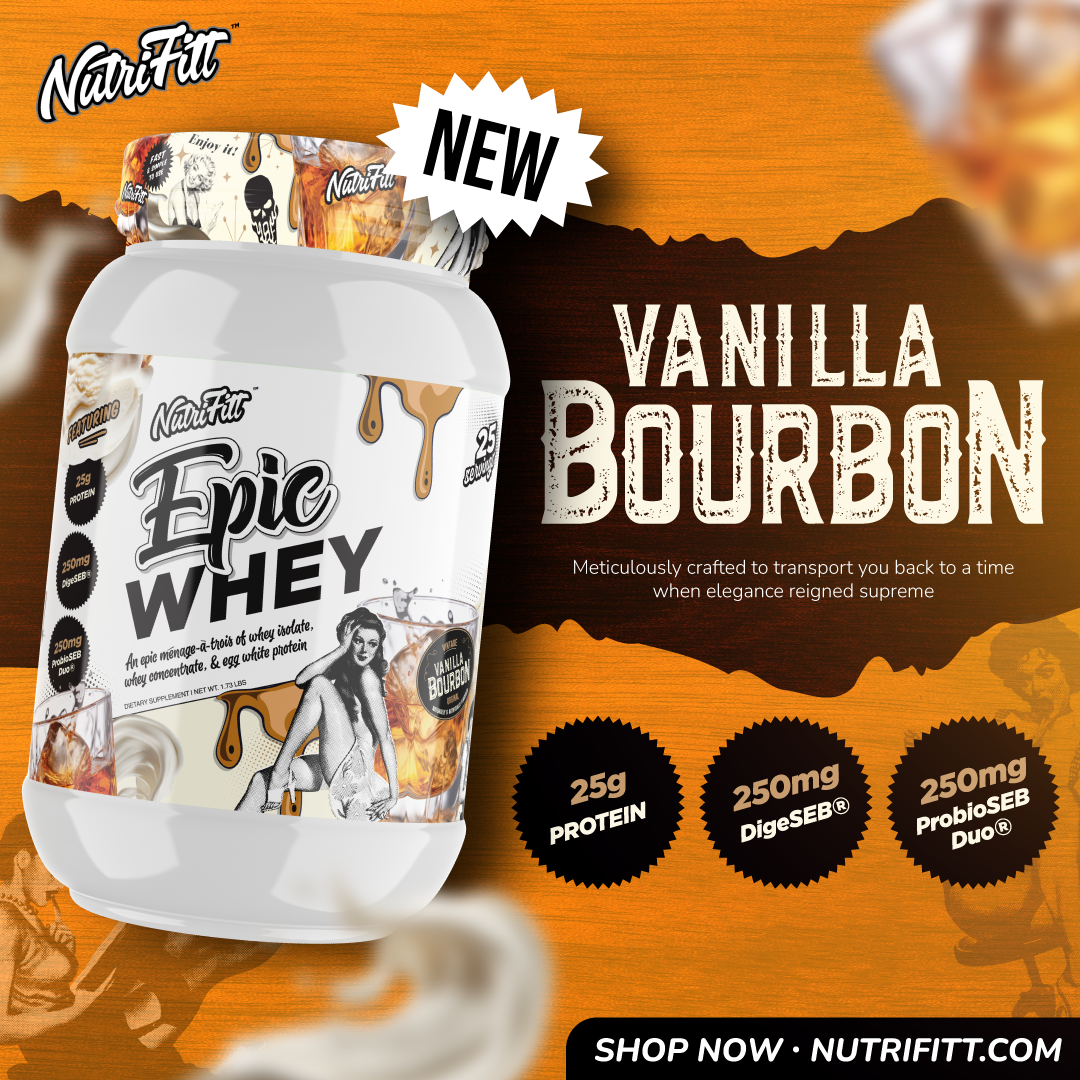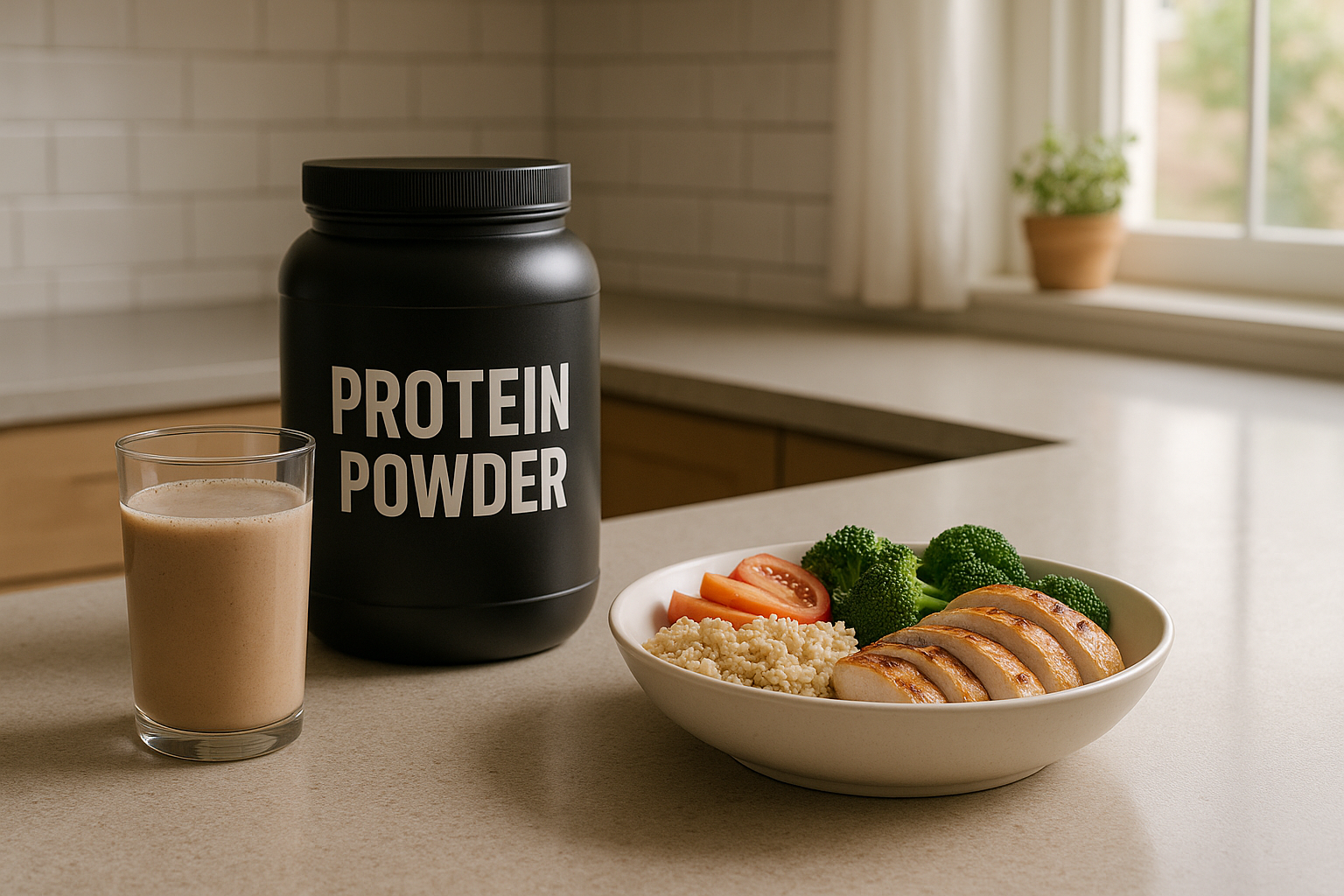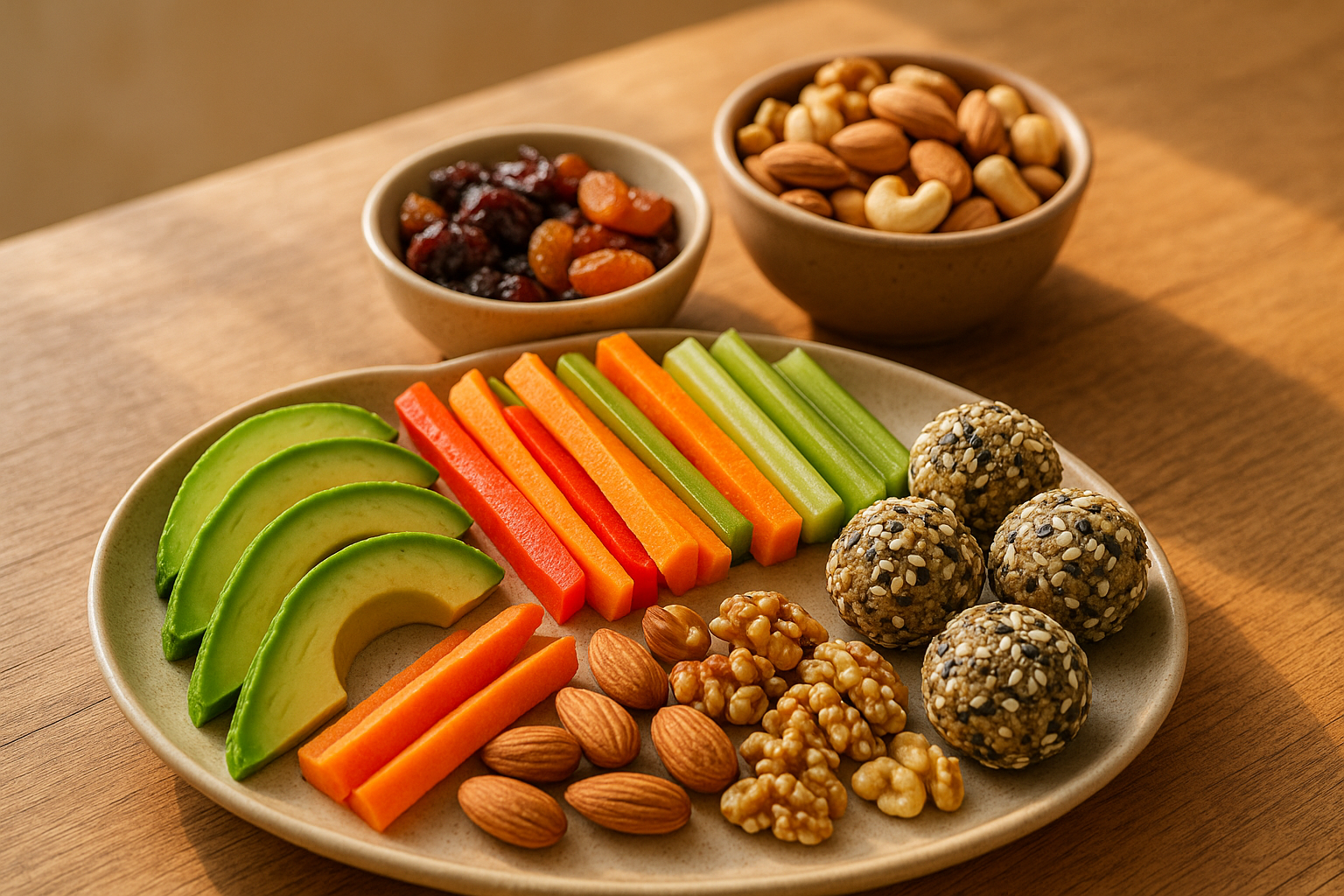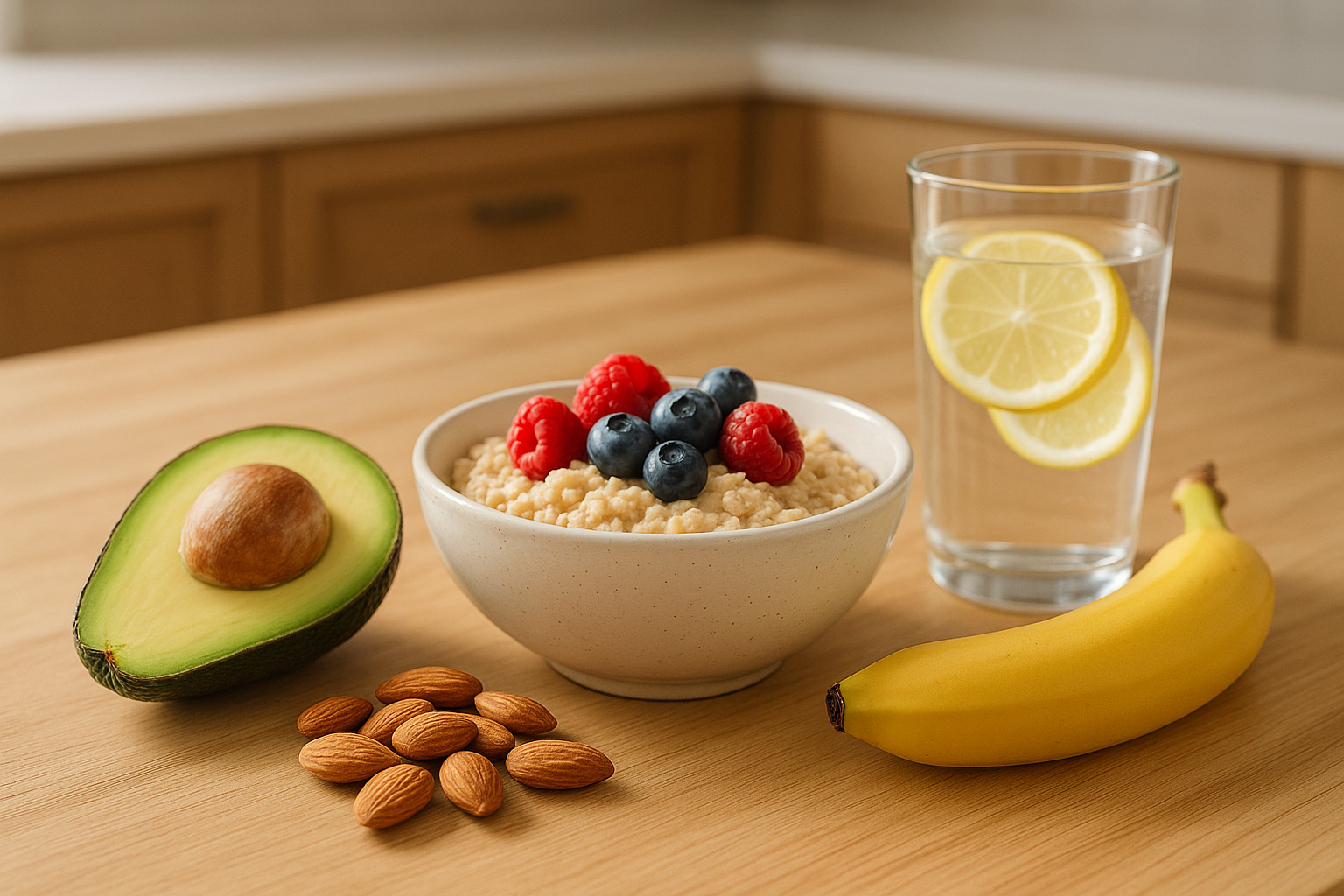
Is Cardio Critical For Fat Loss?
Finding the best way to achieve fat loss can be an exhausting and confusing process for athletes. Many of us have heard that cardio is critical for full-body fitness and weight management, but is it really necessary? Is incorporating cardiovascular activity into a workout routine truly essential in order to drop those unwanted pounds? As with any topic concerning health and fitness, there are both pros and cons to consider when examining whether or not cardio plays an important role in fat loss. In this blog post, we’ll explore both sides of the argument so that you can make an informed decision about how to get your desired outcome. Let’s dive into why some swear by including cardiac activity as part of their physical activity plan--as well as which alternatives could also help promote positive transformations!
An Overview of Cardio and Fat Loss
Cardiovascular exercise is a key element to achieving fat loss and toning up. This type of exercise involves elevating your heart rate for an extended period of time, allowing you to burn calories and ultimately shed fat. It doesn't have to be complicated, as simple activities such as brisk walking, cycling, or swimming can all be effective forms of cardio. However, it's important to make sure you're challenging yourself and gradually increasing the intensity of your workouts over time. Consistency is key, as with any type of exercise, and combining cardio with a healthy diet can help you achieve your fat loss goals and get the toned physique you're after.
Pros of Adding Cardiovascular Activity To Your Training Mix
Cardiovascular activity plays a crucial role in any fitness routine. By incorporating activities that target the heart and lungs, you can improve your overall endurance, burn calories, and boost your overall health. Regular cardio exercise can reduce your risk of heart disease, stroke, and certain types of cancer. It can also improve your mood, decrease stress levels, and even help you sleep more soundly. There are plenty of options for cardiovascular exercise, from running and cycling to swimming and dancing. By adding some form of cardio to your training mix, you'll not only see physical benefits but also feel more energized and motivated.
Cons of Adding Cardiovascular Activity To Your Training Mix
While cardiovascular exercise is often touted as a key component of a well-rounded fitness routine, there are some drawbacks to incorporating too much of it into your training mix. One of the biggest cons is the potential for overuse injuries, such as stress fractures or joint pain, especially if you do high-impact activities like running frequently. Another downside is that too much cardio can actually hinder your strength gains, particularly if you're doing long, steady-state sessions that burn through muscle glycogen stores. Plus, excessive cardio can lead to burnout, both physically and mentally, which can in turn impact other areas of your life. That's not to say cardio should be avoided altogether, but rather that it's important to strike a balance and recognize the potential cons as well as the pros.
How to Choose the Right Type of Cardio
Incorporating cardio into your fitness routine is a great way to improve heart health and achieve overall fitness goals. However, with so many types of cardio out there, it can be overwhelming to choose the right one. Before selecting a type, consider your fitness level and personal preferences. If you are a beginner, low-impact activities like walking or cycling may be more suitable. For those looking to increase intensity, high-impact activities like running or HIIT workouts may be a better fit. It's also important to choose a type of cardio that you enjoy, as this increases the likelihood of sticking with it long-term. Ultimately, the right type of cardio is the one that challenges you while still being enjoyable.
Sample Workouts for Incorporating Cardio into an Athletic Routine
Cardio is an essential aspect of any fitness routine, and it is especially vital for athletes looking to enhance their endurance and boost their performance. Incorporating cardio exercises into your athletic routine can be a game-changer, providing numerous benefits such as reduced risk of heart disease and improved lung capacity. Some sample workouts that you can include in your routine are swimming, cycling, and running. These workouts not only help build endurance, but they also promote overall fitness. Each exercise offers unique benefits, from water resistance to performing under the sun, meaning that you can mix and match the workouts to create the perfect cardio routine. With dedication and consistency, you can incorporate cardio into your athletic routine and take your fitness to the next level.
All in all, adding cardiovascular activity can be a great addition to any serious athlete's routine - but must be done carefully. Increasing your cardiovascular intensity is beneficial for improving your overall performance, reducing fat loss and keeping your body healthy and injury-less. However, too much cardio can lead to overtraining and overuse injuries which can hinder your athletic goals if you don't take the right precautions. It's important to consider the type of cardio you're doing as well as when and how often you should engage in cardiovascular activity. This will ensure that you don't overexert yourself or experience any unpleasant or unwanted side-effects of too much cardio. When it comes down to it, finding the right balance between cardiovascular activity and weightlifting is key to developing an effective training program that works for you, no matter what your athletic goals are.



















